When the scorching Dallas summer hits, a functional air conditioner becomes essential to indoor comfort. But what happens when your trusted AC starts blowing warm air instead of the refreshing coolness you crave? Understanding the possible causes can help you address the issue efficiently and restore comfort to your home.
Check Your Thermostat Settings First
When your AC starts blowing warm air, the first step is to check the thermostat settings. It might sound simple, but sometimes the solution is right at your fingertips. Make sure the thermostat is set to “cool” and not “heat” or “fan.” If it’s set to “fan,” the system will blow air even if the AC isn’t cooling it.
Check the temperature setting as well. Ensure it’s set lower than the current room temperature. A few degrees drop can make a big difference in comfort without overloading your system. If you have a programmable thermostat, verify the settings correlate with your daily schedule to optimize cooling.
Faulty thermostats themselves can cause issues. If the settings seem right, but the problem continues, inspect the thermostat for dust or dirt inside, which can affect its performance. Clean it carefully and check for any loose wires that might disrupt its function.
If you have a digital thermostat, try replacing the batteries. Low battery power can lead to erratic behavior, including incorrect readings that might prevent the AC from cooling properly. These simple checks can often solve the problem quickly.
Common Mechanical Issues Affecting Performance
Several common mechanical issues can lead to your AC blowing warm air. One typical problem is a clogged or dirty air filter. When filters are blocked, airflow is restricted, causing the system to work harder and potentially overheat, leading to warm air blowing. Ensure you replace or clean your filters regularly to maintain airflow.
Another culprit might be a malfunctioning compressor. The compressor is essential in cooling the air, and if it’s not working properly, it won’t be able to transform the refrigerant into the cool air you need. If you suspect a compressor issue, it’s wise to contact a professional for repair or replacement.
Sometimes, the issue might be with the ducts. Leaks or holes in the ductwork can let cool air escape, leaving warm air to circulate instead. Conduct a visual inspection of your ducts to rule out this possibility.
Finally, the outdoor unit may be obstructed by debris like leaves or dirt, preventing it from working efficiently. Ensure that the unit is clear and has enough space around it for proper ventilation. Regularly clear away any obstructions to keep your AC running smoothly. Addressing these mechanical issues promptly can reduce discomfort and prevent further damage.
Understanding Refrigerant Levels and Leaks
Refrigerant is a vital component of your AC system, allowing it to cool air effectively. When your AC blows warm air, one probable cause could be low refrigerant levels or leaks. Refrigerant must be at an ideal level to work but doesn’t get used up like fuel, so low levels usually indicate a leak.
Leaks can occur for various reasons, such as wear and tear on connections or corrosion in the coil. These leaks might seem minor but can significantly impact the cooling efficiency, leading to inadequate cooling and higher energy costs.
Signs of a refrigerant leak include hissing sounds from the AC unit, prolonged cooling times, or even ice buildup on the refrigerant lines. Spotting these can help you diagnose the issue early on.
Handling refrigerant requires professional expertise due to its chemical properties. If you suspect a leak, it’s essential to contact a professional for a thorough inspection and repair. They can locate and fix leaks, recharge the refrigerant, and ensure the unit is sealed properly, restoring your AC’s functionality.
Importance of Regular Maintenance to Prevent Future Problems
Regular maintenance of your AC system is crucial in preventing future problems, including blowing warm air. Scheduled check-ups help identify potential issues before they escalate, ensuring optimal performance and efficiency.
During maintenance, professionals conduct several essential tasks:
– Cleaning air filters to promote better airflow.
– Checking and calibrating the thermostat for accurate readings.
– Inspecting electrical components for wear or damage.
– Examining ductwork for leaks or blockages.
Another critical part of maintenance is checking refrigerant levels. Technicians can spot and address leaks before they become significant problems. Routine maintenance also extends the lifespan of your AC system, which can save you money in the long run.
Maintenance is not just about fixing problems; it’s about preventing them. By keeping your AC in top condition, you reduce the likelihood of unexpected breakdowns and ensure your home remains comfortable throughout the year.
Conclusion
Addressing an AC that blows warm air should always start with straightforward checks like thermostat settings but can often call for more detailed inspections. Mechanical issues and refrigerant leaks are common culprits, yet they are manageable with a little knowledge and care. Regular maintenance plays a pivotal role in preventing these problems, offering a proactive solution to keep your cooling system efficient and effective.
To maintain a comfortable indoor environment, taking timely action and keeping up with regular maintenance is key. Whether it’s handling refrigerant carefully, ensuring the mechanical parts function well, or simply scheduling routine inspections, these practices serve as a foundation for a reliable home cooling system.
If you’re facing any cooling concerns or need expert maintenance, reach out to Spire Heating and Air Conditioning. Our HVAC contractor in Dallas is ready to ensure your AC system runs smoothly and efficiently. Let us help you keep your home cool and comfortable, no matter how high the temperatures climb.


